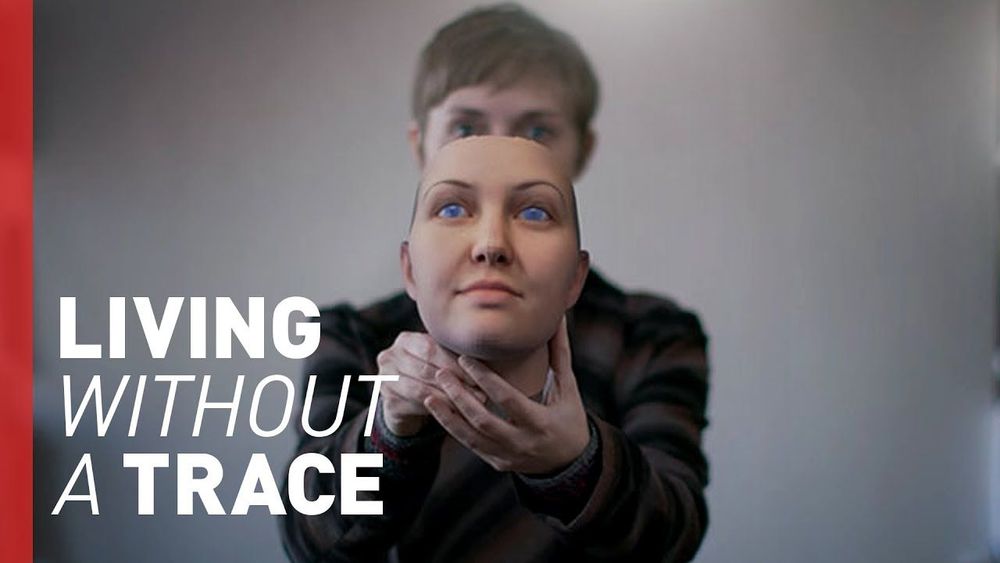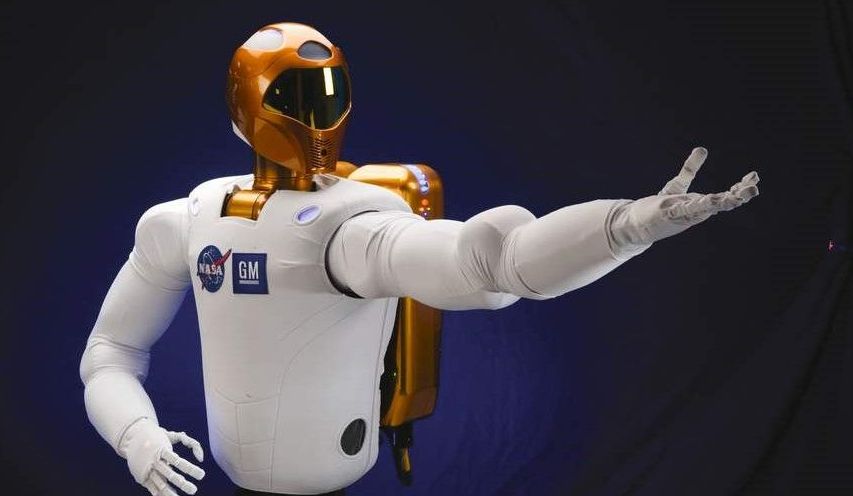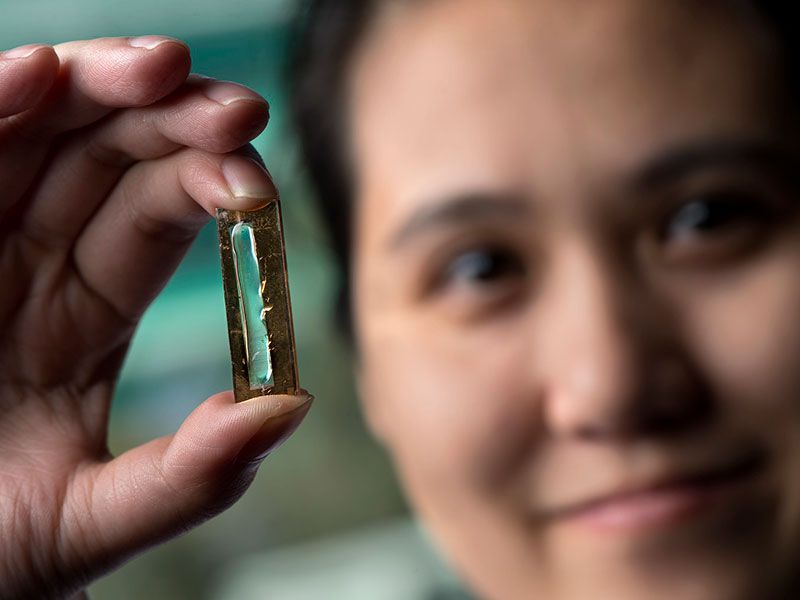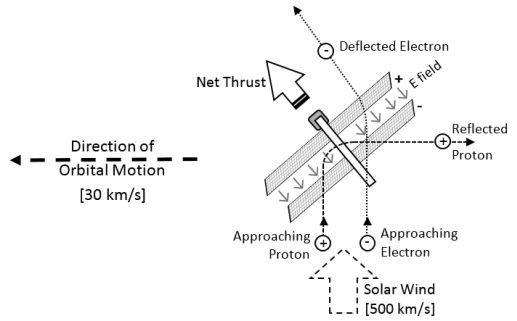Archive for the ‘innovation’ category: Page 137
Apr 7, 2020
Boeing Starliner Wings Clipped. Will Launch Again Without a Crew.
Posted by Bill D’Zio in categories: complex systems, innovation, space, space travel
Boeing flubbed the first mission of the CST-100. Seemingly a routine mission for SpaceX after completing over 20 deliveries to the International Space Station, Boeing showed how not to do it. During the December 2019 Demo flight for the Boeing Starliner CST-100, the Starliner did not reach its planned orbit. Nor did the Starliner dock to the International Space Station as planned. Boeing was able to complete a number of mission objectives during the flight to comply with the milestones related to NASA’s Commercial Crew.

CST-100 Starliner OFT Recovery – December 22, 2019
On the ULA Atlas V rocket at 6:36 a.m. Friday, Dec. 20, the Boeing Starliner launched from Space Launch Complex 41 at Cape Canaveral Air Force Station in Florida. Boeing has a long rich history in both aviation and spaceflight. This mission, already three years behind in schedule, should have been a slam dunk.
After launching to the incorrect orbit, Boeing was able to successfully recover the Starliner. NASA shared that Boeing’s CST-100 Starliner spacecraft did successfully complete the first land touchdown of a human-rated capsule at the White Sands Space Harbor in New Mexico at 7:58 a.m. EST (5:58 a.m. MST) on December 22, 2019. The landing followed a deorbit burn for the botched flight, separation of the spacecraft’s service module, and successful deployment of its three main parachutes and six airbags. Boeing’s approach to the Starliner is unique as the prior US-made capsules, including the SpaceX Dragon, are water recoveries.
Starliner settling softly to the ground on Airbags wasn’t enough.
The NASA and Boeing investigation into the spaceflight was disclosed in Early March 2020. The recommendations included a list of corrections that needed to be addressed prior to the Starliner launching again. The investigation documented 61 “corrective actions” for the company’s Starliner spacecraft. This type of test did do what it was supposed to do. Find issues before people are exposed to potentially dangerous situations. This human risk reduction is a hallmark of the NASA Commercial Crew Program which was put in place to alternatives to the Space Shuttle and Soyuz spacecraft. NASA associate administrator Doug Loverro shared with reporters on a conference call that he expected it months for Boeing to work through the list to be ready for another test flight.
Apr 7, 2020
Edible insects set to be approved by EU in ‘breakthrough moment’
Posted by Derick Lee in categories: food, innovation
The ruling is likely to lead to the final authorisation of their sale across the EU as a “novel food” by as soon as the autumn, opening up opportunities for mass production of a range of insect dishes to be sold across Europe for the first time.
Food safety agency’s decision could put mealworms, locusts and baby crickets on menus.
Apr 5, 2020
Maketory on Facebook Watch
Posted by Shailesh Prasad in categories: electronics, innovation

If you have not seen these useless boxes, this one is the best so far! • Credit: @worldofartists • Via fxhm (youtube)… #engineer #funny #artistic #makingfactory #designer #invention #makersgonnamake #sandiego #electronics
Apr 3, 2020
Invitation: The Future of Work — PostCorona Futures, Free Digital Conference April 9 5pm Sydney time
Posted by Gerd Leonhard in categories: futurism, innovation, policy, strategy
Greetings everyone, I am running a very unique digital conference time-slotted for participants in Asia, AUS, NZ etc on April 9, 5pm Sydney time, see details below, with 2 very well known Futurist colleagues, Ross Dawson and Shara Evans, on the Future of Work. We are using the Zoom platform again, and have room for up to 500 people; right now we’re at 280 signups but it’s filling up quickly so please sign up soonest:)
Please review the event details here, or here.
Some more related resources:
Tag: gerd leonhard
Mar 28, 2020
Erasing Your DNA | Freethink Coded
Posted by Quinn Sena in categories: biotech/medical, innovation

O„,.o yeah what about unauthorized clones o„,.o.
Heather Dewey-Hagborg never leaves a trace of herself anywhere. An artist and activist, Hagborg wants people to understand the hidden secrets in the DNA they leave behind everywhere they go — and what people can do with them. She developed a spray that can mask your DNA wherever it’s left. Hagborg understands that her spray could be used by criminals too, but she’s convinced that as technology develops, it will be an essential tool to preserving our safety and privacy.
Mar 26, 2020
Welcome to the future: 11 ideas that went from science fiction to reality
Posted by Derick Lee in categories: entertainment, innovation
Science fiction has always been a medium for futuristic imagination and while different colored aliens and intergalactic travel are yet to be discovered, there is an array of technologies that are no longer figments of the imagination thanks to the world of science fiction. Some of the creative inventions that have appeared in family-favorite movies like “Back to the Future” and “Total Recall,” are now at the forefront of modern technology. Here are a few of our favorite technologies that went from science fiction to reality.
These modern-day technologies appeared in science fiction decades before their time.
Mar 25, 2020
UC Irvine Accidentally Invents a Battery that Lasts Forever
Posted by Quinn Sena in category: innovation
Mar 24, 2020
The Dipole Drive: A New Concept for Space Propulsion
Posted by Quinn Sena in categories: innovation, space
Electric dipole propulsion bigsmile
One reason we look so often at sail technologies in these pages is that they offer us ways of leaving the propellant behind. But even as we enter the early days of solar sail experimentation in space, we look toward ways of improving them by somehow getting around their need for solar photons. Robert Zubrin’s work with Dana Andrews has helped us see how so-called magnetic sails (magsails) could be used to decelerate a craft as it moved into a destination system. Now Zubrin looks at moving beyond both this and solar wind-deflecting electric sails toward an ingenious propellantless solution. Zubrin presented the work at last April’s Breakthrough Discuss meeting, and today he fills us in on its principles and advantages. Read on for a look at a form of enhanced electric sail the author has christened the Dipole Drive.
by Robert Zubrin
Continue reading “The Dipole Drive: A New Concept for Space Propulsion” »
Mar 24, 2020
From Sand to Silicon: The Making of a Microchip | Intel
Posted by Derick Lee in categories: computing, innovation
![]()
Ever wonder what’s under the hood of your favorite electronic device? The transistor is the engine that powers every Intel processor. To build a modern computer chip, our engineers place billions of these tiny switches into an area no larger than a fingernail. It’s one of mankind’s most complex feats, and it’s happening every day across Intel’s global network of chip manufacturing facilities. Check out this video to learn more about how we turn sand into the silicon chips that power the world.
Subscribe now to Intel on YouTube: http://bit.ly/1BZDtpf
Continue reading “From Sand to Silicon: The Making of a Microchip | Intel” »












